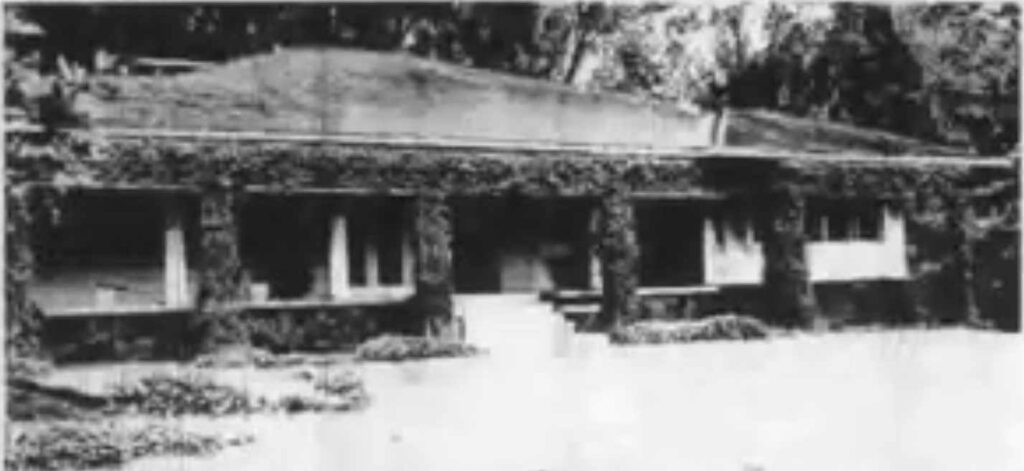General William Tecumseh Sherman called it “wonderfully realistic and historically reminiscent.” Mark Twain termed it genuine “down to its smallest details.” Even General George Armstrong Custer’s widow endorsed its depiction of her husband’s “Last Stand.” (PBS)
William Frederick Cody (born February 26, 1846, Scott county, Iowa, US, died January 10, 1917, Denver, Colorado) was an American buffalo hunter, US Army scout, Pony Express rider, Indian fighter, actor, and promoter. (Britannica)
In 1883 Cody (aka Buffalo Bill), with the help of producer and partner Nate Salsbury, started producing a theatrical spectacle that became known as Buffalo Bill’s Wild West and Congress of Rough Riders of the World, evolved into an international institution and made him one of the world’s first global celebrities.
For many years Cody performed during the winter and continued scouting for the army in the summer or escorting hunting parties to the West. In the process, the line began to blur even further between the scout William F Cody and the legend and entertainer Buffalo Bill. (Britannica)
The show was a spectacular outdoor entertainment with a cast of hundreds, featuring fancy-shooting, hard-riding cowboys and yelling Indians, along with re-creations of a buffalo hunt, the capture of the Deadwood (South Dakota) stagecoach, and a Pony Express ride. It also had lots of wild animals in the show, including buffalo, elk, deer, bear, and moose. (LOC)
The show played at Queen Victoria’s Golden Jubilee in 1887 and was staged throughout Europe. In 1893 three million people attended the show during its tenure on the Midway adjacent to the official grounds of the World’s Columbian Exposition in Chicago. By the end of the 19th century, Buffalo Bill was one of the most-recognized persons in the world.
It was wildly popular and one of the most famous acts in his show included a performer known as Annie Oakley. Billed as “Miss Annie Oakley, the Peerless Lady Wing-Shot,” she was one of the show’s star attractions for 16 years, except for a brief period in 1887, when she was with the rival Pawnee Bill’s Frontier Exhibition.
Her real name was Phoebe Anne Oakley Moses, but she was known as “Little Sure Shot” because she had such great aim. At 30 paces Annie Oakley could fire a gun and hit the edge of a playing card or the end of a cigarette held in the lips of her husband, Frank Butler.
Lesser known, was Lillian Frances Smith, the daughter of a white Quaker couple from New England. The so-called “California Girl” was a darling of Buffalo Bill’s 1886-1887 Wild West Show.
One was at a loss, exclaimed one observer of the show in New York, whether “Miss Lillian Smith, Miss Annie Oakley, Johnnie Butler, the ‘Kid’ [cowboy Jim Willoughby], or Buffalo Bill himself” deserved the highest praise for marksmanship.
As soon as Smith joined the show in April of 1886, Oakley shaved 12 years off her own birth date, insecure about the talented young teen stealing the spotlight. And Smith did not waste any time getting on Oakley’s nerves, bragging that the latter was “done for,” once the public had seen “her own self shoot.” (Smithsonian)
Annie Oakley had made her name besting male sharpshooters, and Smith represented her first female rival. The two women were experts in different weapons – Oakley favored the shotgun, while Smith preferred the rifle.
Smith spoke coarsely and wore flashy clothing, both qualities anathema to the more conservative Oakley. In addition to these other shortcomings in Oakley’s eyes, Smith was apparently a shameless flirt. Smith was also younger, and that may have threatened Oakley. (PBS)
In 1897, Smith met Charles “Frank” Hafley, sheriff of Tulare County, at a gallery in Visalia the following year. He was an extraordinary sharpshooter in his own right, and a very competent equestrian.
The two may not have ever legally married; they traveled to the East Coast to perform at the 1901 World’s Fair, and to the Jamestown Exhibition in Virginia in 1904. The pair even created their own program called “California Frank’s Wild West,” and started an Indian curio business on the side (Smith created her own brand of tomahawks).
In 1899, Frank and Lillian came to Hawaii as a sharpshooting act (Frank adopted her surname). “The first appearance of the new arrivals was awaited with much interest, and they proved to be all that had been claimed for them. Frank C and Lillian F Smith did marvelous work in scientific shooting with rifle and pistol.” (Hawaiian Star, Dec 8, 1899)
In addition to public performances, descendants also say Lillian and Frank were hired by Lili‘uokalani to teach marines how to fire Smith & Wesson firearms (possibly one reason why Frank adopted Lillian’s surname). (Bricklin)
The two female shooting stars did meet once more, both competing in the 1902 Grand American Handicap. Oakley out shot Smith that day, and then they went their separate directions, Oakley upward and onward into general acclaim, and Smith down into obscurity. (PBS)
Lillian later adopted a ‘faux’ Sioux persona as Wenona. “Her “Indianness” helped differentiate her among other Wild West stars, but her costuming was also practical.”
“Wenona’s costume often included a fully fringed, suede tunic with intricate beadwork and a fantastic feathered headdress, which she wore even while shooting moving objects while astride a galloping horse. … Wenona retired from show business in 1925 or thereabouts.” (Smithsonian)



















































